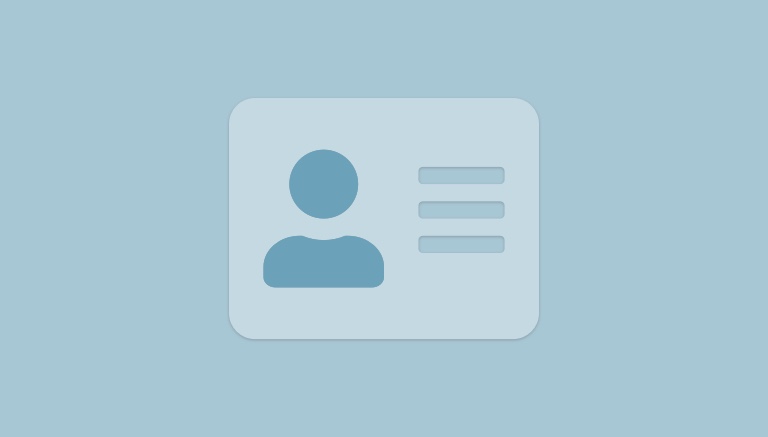
Several states are reporting an increase of hand, foot and mouth disease cases. The very contagious viral illness causes sores or blisters in or on the mouth and on the hands, feet, and sometimes the buttocks and legs. They may be painful. The illness usually doesn't last more than a week or so.
Hand, foot and mouth disease is common in children under five years of age, but can also occur in adults. In fact, two Major League Baseball players recently contracted the virus. It can occur at any time of year but is most common in the summer and fall.
"About every three years or so, it seems to get a little worse," Dr. Paul Hansen told Fox 2 News. "This year, it seems like a particularly bad year."

What causes hand, foot and mouth disease?
Hand, foot and mouth disease is caused by a virus called an enterovirus.
The virus spreads easily through coughing and sneezing. It can also spread through contact with infected stool or blister fluid. This can happen while changing diapers or by touching an object a child with blisters or sores has touched. Often the disease breaks out within a community.
The incubation period, or time it takes for a person to get symptoms of hand, foot and mouth disease after being exposed to the virus, is three to six days.
What are the symptoms?
At first your child may feel tired, get a sore throat, or have a fever of around 101°F (38°C) to 103°F (39°C). Then in a day or two, sores or blisters may appear in or on the mouth and on the hands, feet, and sometimes the buttocks. In some cases, a skin rash may appear before the blisters do. The blisters may break open and crust over.
The sores and blisters usually go away in a week or so.
In other cases there are no symptoms, or they are very mild. Parents may get the disease from their children and not even realize it.
How is hand, foot and mouth disease diagnosed?
A doctor can tell if your child has hand, foot and mouth disease by the symptoms you describe and by looking at the sores and blisters. Tests usually aren't needed.
How is it treated?
Hand, foot and mouth disease usually doesn't need treatment. You can use home care to help relieve your child's symptoms.
- Offer your child plenty of cool fluids to help with sore throat. Cold foods, such as flavored ice pops and ice cream, may help.
- Don't give your child acidic or spicy foods and drinks, such as salsa or orange juice. These foods can make mouth sores more painful.
For pain and fever, ask your doctor if you can give your child acetaminophen (such as Tylenol) or ibuprofen (such as Advil). Do not give your child aspirin. It has been linked to Reye syndrome, a serious illness. Be safe with medicines. Read and follow all instructions on the label.
Children are most likely to spread the disease during the first week of the illness. But the virus can stay in the stool for several months and may spread to others. To help prevent the disease from spreading:
- If your child goes to day care or school, talk to the staff about when your child can return.
- Wash your hands frequently. It is especially important to wash your hands after you touch a blister or change the diaper of an infected child.
- Teach all family members to wash their hands often. It is especially important to wash your hands after you change the diaper of an infected child.
- Don't let your child share toys or give kisses while he or she is infected.
What about pregnant women and hand, foot and mouth disease?
Because so few adults, including pregnant women, get hand, foot and mouth disease, it's hard to predict the risk to an unborn child. From experience, doctors say it's very unlikely that the unborn baby will be harmed if a pregnant woman gets hand, foot and mouth disease or is around someone who has the disease. The most likely time the unborn child could be harmed is in the first trimester. But even then the risk is small.

